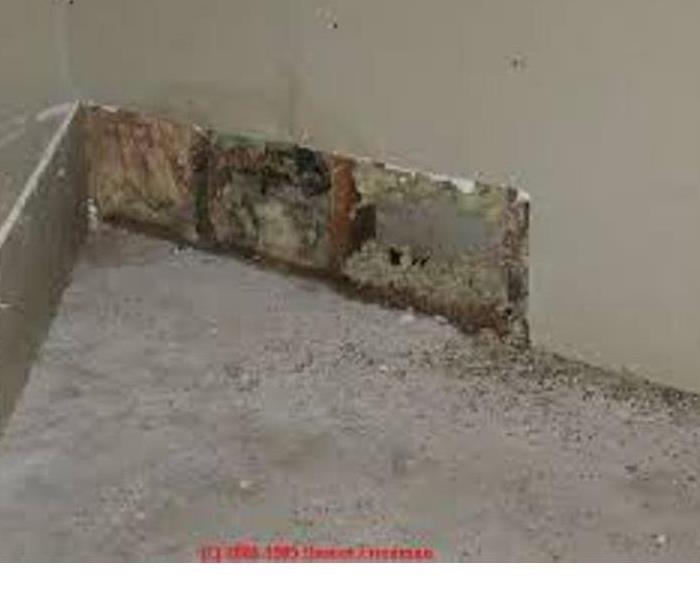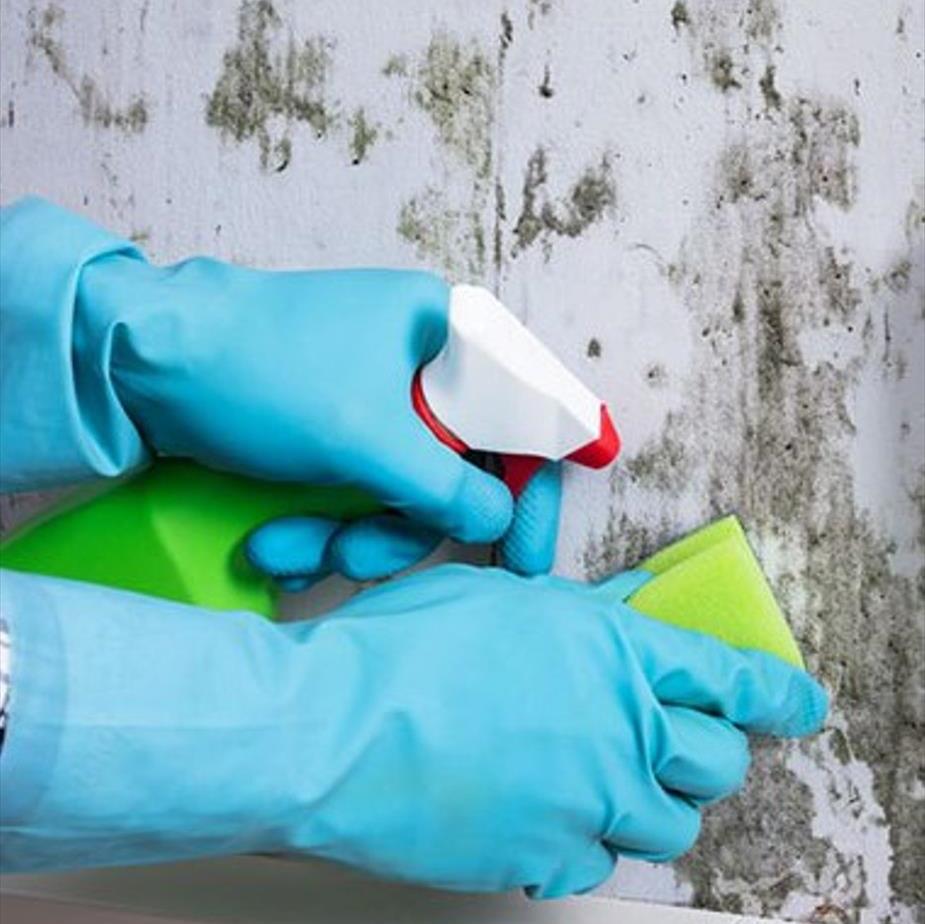Should You Use Bleach to Kill Mold?
5/4/2021 (Permalink)
The EPA does not recommend you use bleach for killing and removing mold. Bleach is a chemical, and it is better to use natural mold killing products instead. Some good alternative mold killing products are borax and vinegar. Bleach also loses its power with time. Even if bleach is not opened, in 90 days it loses 50% of its killing effectiveness.
Another disadvantage is that bleach is corrosive. Bleach deteriorates materials and the fibers of porous substances. The gas from bleach can even damage your lungs. If bleach touches your skin it can also give you chemical burns.
There is also concern about whether bleach leaves dioxins. Dioxins are highly toxic and carcinogenic substances.
Bleach can create dioxins in processes like bleaching of wood pulp. Fortunately though, studies have found that bleach cannot form dioxins when it's just used for household cleaning. The materials which are needed for bleach to form dioxins are not usually present when cleaning the home.
Understanding Mold
5/5/2020 (Permalink)
 Mold
Mold
Confusion and misunderstanding surround the topic of mold and mold remediation. Some restoration businesses even make claims to remove all mold from a building. This is a fallacy. Mold spores occur naturally almost everywhere, both indoors and outdoors. These microscopic spores float along in the air and can enter a home or business through windows and HVAC systems. Consider these facts:
- Mold is present almost everywhere, indoors and outdoors.
- Mold spores are microscopic and float along in the air and may enter your home through windows, doors, or AC/heating systems or even hitch a ride indoors on your clothing or a pet.
- Mold spores thrive on moisture. Mold spores can quickly grow into colonies when exposed to water.These colonies may produce allergens and irritants.
- Before mold remediation can begin, any sources of water or moisture must be addressed. Otherwise, the mold may return.
- Mold often produces a strong, musty odor and can lead you to possible mold problem areas.
- Even higher-than-normal indoor humidity can support mold growth. Keep indoor humidity below 45 percent.
Every mold infestation is different, from the amount of mold to the types of materials affected. Each scenario requires a unique solution, but the general process
stays the same. The steps listed below illustrate our process for a “typical” mold remediation infestation:
- Emergency Contact –SERVPRO of Northwest Ontario (909) 984-3544
- Inspection and Mold Damage Assessment
- Mold Containment
- Air Filtration
- Removing Mold and Mold-Infested Materials
- Cleaning Contents and Belongings
- Restoration
The Truth About Bleach and Mold
5/13/2019 (Permalink)
For many households, chlorine bleach is generally seen as your “go-to” cleaner for tough jobs. While bleach is well-known for its disinfecting properties that doesn't mean it's the best choice for mold - it has distinct drawbacks when cleaning flood impacted buildings.
It is a convenient cleaner and stain remover for hard, non-porous surfaces. Bleach is not made to “soak in”, therefore, its disinfecting properties are limited to a hard surface like tile or glass. If used on porous materials, such as wood and drywall, bleach will stay above the surface and only kill the mold on the surface, while the water is absorbed in.
The surface mold looks gone, but the fact is, if the mold is not removed from the material, it will most likely return and make your mold problem worse in the long run. Mold remediation requires a cleaner to reach deep down into wood and other porous building materials.
Further, its effectiveness in killing bacteria and mold is significantly reduced when it comes in contact with residual dirt, which is often present in flooded homes. If bleach water comes into contact with electrical components and other metal parts of mechanical systems it can cause corrosion. Bleach water can also compromise the effectiveness of termite treatments in the soil surrounding the building.
SERVPRO of Northwest Ontario cares about the proper restoration of your home or business. We have the know-how and the specialized equipment needed to assess and/or repair your damage.
Mold V. Mildew
5/21/2018 (Permalink)
 Mold
Mold
Mold and Mildew
Mold Mildew Appearance
Mold is usually fuzzy in appearance. It can be many different colors, including blue, green, yellow, brown, gray, black, or white.
Mildew usually grows in a flat pattern and may appear either powdery or downy. Powdery mildew usually starts out white and may later turn yellow, brown, or black. Downy mildew usually starts out yellow and later turns brown.
Beneficial Uses Some forms of mold are used in the production of food, like cheese, and some forms of mold are used to make medications, like the antibiotic penicillin.
Tips for Cleaning Mold and Mildew
CALL SERVPRO of Northwest Ontario !!!
909-984-3544






 24/7 Emergency Service
24/7 Emergency Service


